The step up exercise is a lower-body exercise that is easy but effective with its ability to strengthen your legs, glutes, and core, as well as enhance balance and endurance. It can be done anywhere and has muscle-building as well as cardio workout. It also builds knee stability, fat burner, improves performance when performed regularly and helps a person to become a better athlete. The exercise is additionally a good option in place of squats and lunges; hence, it makes it an optimal exercise among individuals who need a secure, practical, and effective leg exercise.
- What Is the Step Up Exercise?
- Benefits of Step Up Exercise
- Muscles worked in the Step Up Exercise
- The Proper Way to Do Step Up Exercise
- Step Up Exercise Variations
- Common Mistakes to Avoid
- Step Up Exercise vs Squats and Lunges
- How many steps up do you have to do?
- Step Up Exercise and Stair Climbing
- Step Up Exercise and Other Training Rules
- Conclusion
- Frequently Asked Questions
What Is the Step Up Exercise?
The step up exercise is a functional movement pattern, which entails climbing to a raised surface and then stepping down, that as a bench or box. It mostly mobilises muscles of the belly, buttocks and calves but requires the involvement of the core muscles in ensuring safety and stability. Since it imitates daily activities, such as using the stairs, it is very convenient to enhance mobility and strength that can be converted into real-life movement.
The step up exercise also engages more joints and muscular endurance, unlike isolated gym machines, as it uses more than one joint and muscle at a time. It is usually prescribed to people with weak knees or those who do not want the barbell loaded heavily to enhance their leg strength. This overall renders it an intelligent decision for people interested in functional fitness, seniors, and athletes.
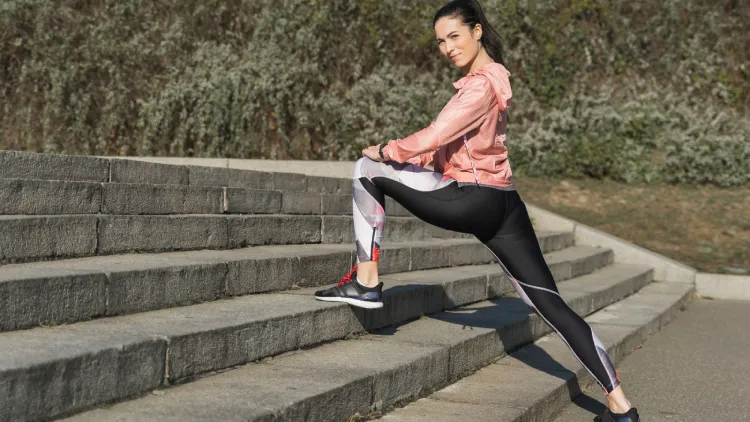
Benefits of Step Up Exercise
The benefits of the step up exercise are extensive in terms of strength and cardiovascular advantage:
1. Enhances Leg and Glute Strength
This activity gets your quadriceps and glutes strong, building your leg muscles into strong, toned forms. Even the muscle size could be built with regular step-ups. Although they may not be a worthy replacement for squats, they can add a lot of value to your leg day outcomes.
2. Great for Knee Health
Step-ups do not strain the joints like high-impact exercises. They engage the muscles surrounding the knees, making them stronger, more supportive and painful. The low-step models are also one of the best when people have bad knees and want to remain mobile without compromising their safety.
3. Enhances Co-ordination and Balance
Since both legs are independent, the step up exercise determines muscle imbalance and improves muscle coordination. It is also a terrific balance-enhancing exercise which decreases the risk of falls among the elderly.
4. Cardiovascular Workout
Barrels of step-ups nonstop over several minutes increase your heart rate, which will enhance endurance and increase caloric burn. Climbing or step-up activities are more effective in burning fat, particularly belly fat, than walking.
5. Improves Functional Fitness
Step-ups include imitating such natural movements as clambering up the stairs, walking up the hill, or running. They are great with sports people, hikers, and anybody who wants to have a stronger pair of legs to handle their daily chores.
6. Adaptable and Accessible
You can perform them with or without weights in any location, and you can perform them with a relative level of intensity by altering the height of the steps, the pace or resistance. This allows the step-up exercise to be appropriate to both the novice and the strenuous fitness lover.
Muscles worked in the Step Up Exercise
The step up exercise involves more than one muscle group; hence, it is one of the most holistic lower-body exercises:
- Quadriceps: Pulldown on the upward motion with extension of the knee.
- Gluteus Maximus: Strains hard to make you ascend onto the stage.
- Hamstrings: This stabilises the hips and helps the glutes to lift.
- Calves: Tether and support push-off.
- Core: Together with the posteriors, maintains the posture of your body during the exercise.
Since the step up exercise involves large muscle groups, it is frequently included in any strength-building program, such as the “Big 5 workout”, which refers to 5 basic compound exercises to work out any body part.
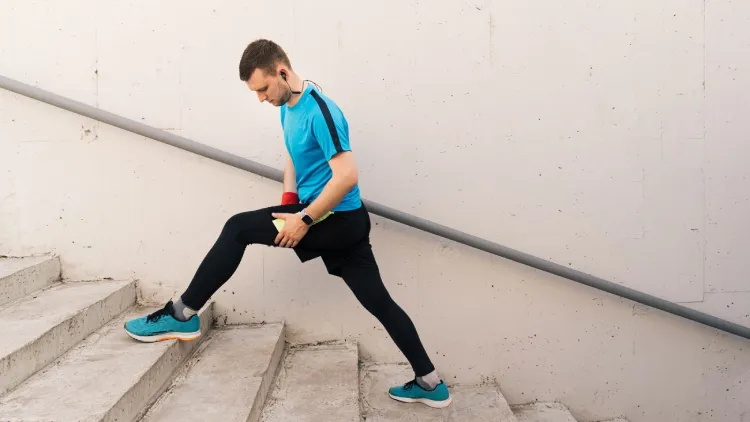
The Proper Way to Do Step Up Exercise
A good form is safe and best muscle utilisation. The step up exercise can be done in the following way:
- Select a Platform: To begin with, a bench or sturdy step, which is high enough to reach up to the knee. Novices may begin with a low surface.
- Position Yourself: Stand in front of the step, Hip-width apart with core activated.
- Step Up: Put up your feet on the platform and use the heel to lift your body. Pushing or kicking off the back leg is not good.
- Foot Up: When you have found a balance on the top, raise your left foot.
- Pull Back: Push both your left and right legs up, keeping control.
- Repeat: Perform 10-15 reps on one side, then alternate legs.
Pro Tip: Maintain an upright posture of the torso and have your knee in the position of your ankle. Do not hunch over or kneel inwards. Movement control is the solution to strain prevention and enhancement of strength.
Step Up Exercise Variations
Various variants of step up exercises would help make your workouts more effective and interesting:
- Weighted Step Ups: To intensify it, hold dumbbells or a barbell. This fluctuation assists in developing greater strength and size in your legs as well as your glutes.
- Lateral Step Ups: Get onto the platform using the side to work the inner and outer thighs. It helps a lot in enhancing hip stability and balance.
- Step Up with Knee Raise: Once you stand on, make your opposite knee lift to your chest and lower down. This gets your core working and gives you better coordination.
- Explosive (Plyometric) Step Ups: Look explosively (legs alternate). It is a sophisticated step towards developing strength, pace, and stamina.
- Bench Step Overs: Making stepping over the bench all the way instead of stepping down the same side. It brings change and destabilises.
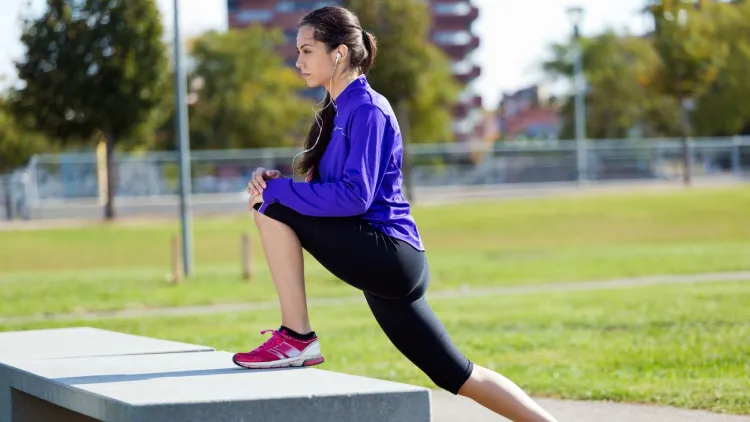
Common Mistakes to Avoid
Even the mildest exercises may lead to complications when done in the wrong way. The following are some of the mistakes that should be avoided during the step up exercise:
- Momentum: Pushing on the trailing leg is not effective; this makes movement ineffective.
- Leaning Forward: Have your chest in an upright position and your back straight.
- Knee Misalignment: Ensure that you do not cave your knee inwards.
- Wrong Step Height: The step height should be very high to enable the knees to be strained.
- Forgetting about Warm-ups: Warm up and stretch the legs before the start.
Step Up Exercise vs Squats and Lunges
Although step-ups, squats and lunges all deal with the same muscles, they all have their own advantages. Squats are regarded as the king of exercises since they are a total body strength-wielding exercise, whereas lunges are mobility and strength-building on one side. The step up exercise, however, incorporates the two with reduced strain on the knee, and thus is safe when a person has issues with his/her knee.
Step-ups will not be able to entirely substitute leg day, but can be used to supplement it. It is so safe and stable as well as strong that many trainers refer to it as the queen of lower-body exercises.
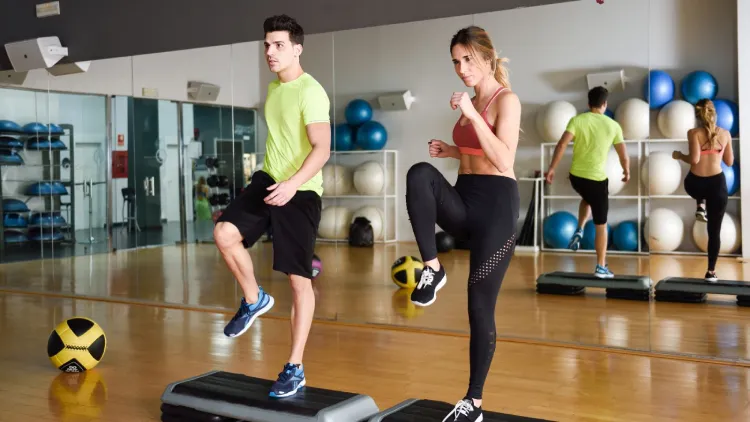
How many steps up do you have to do?
Beginners should begin with 2-3 sets of 10-15 reps of each leg. Intermediate or advanced can add the weights or can do circuits on a time interval- such as 45 seconds on, 15 seconds off each leg. Step-ups can enhance cardiovascular endurance and strength gains, but should be supplemented by rest (when adding weights to avoid excessive training).
In case you want to lose fat, use 15-20 minutes of straight step-ups in a moderate exercise. It compares to stair climbing, only that it can be controlled. The golden rule on stairs is that you should take frequent rests in case you experience knee pains or tiredness.
Step Up Exercise and Stair Climbing
The two enhance the strength of the legs, the heart and stamina. Stair climbing for 1020 minutes every day can help burn a lot of calories and make your legs stronger. Nevertheless, excessive climbing of stairs should be avoided by individuals who report having severe joint pain or cardiac matters. The most frequent errors are to miss a step, lean forward, or fail to keep a steady rhythm – these may cause a knee to strain.
Step Up Exercise and Other Training Rules
Theories such as the 3-3-3 rule, 5-5-5 method, or 70/30 gym rule in the fitness world also focus on balanced strength, cardio and recovery. The step up exercise is best suited to these models since it can be used as an endurance workout or a building muscle exercise. Intake of step-ups is a good complement to any fitness program, whether done under the 80/20 diet fool or a Big 5 workout plan.
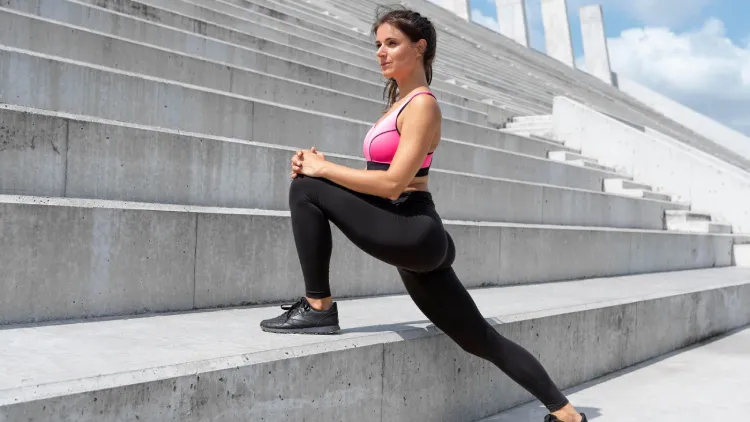
Conclusion
One of the most effective, safe, and practical lower-body movements that should be added to your routine is the step up exercise. It also develops good legs, strengthens the backside, develops coordination, and enhances heart fitness- with minimum equipment. It is less taxing on the joints compared to other exercises, such as squats or lunges, and ideal in the functionality aspect of strength training.
The step up exercise can be relied upon to provide regular results, whether you are going towards better knee health, increased leg strength, or increased endurance. This is evidence that the most basic forms of exercise are also the most effective in long-term fitness as well as general well-being.
Frequently Asked Questions
1. Should step-ups be good for bad knees?
Yes, step-ups are great exercises when they are performed correctly to tighten muscles that surround your knees and enhance your stability and pain reduction.
2. Should step-ups be used to substitute squats or leg day?
Although step-ups cannot be a substitute for squats, it is an excellent complementary exercise. They are unilateral strength and balance without stress on the joints.
3. How long do I require to do step-ups to achieve results?
Making better progress can be noticed after 3-4 weeks of regular training, i.e., approximately 15 minutes a day or 3 times a week.
4. Do step-ups build glutes and legs?
Absolutely. Step up exercise also involves the use of glutes and quadriceps, where muscle growth and definition can be achieved with time, especially in the event of added resistance.

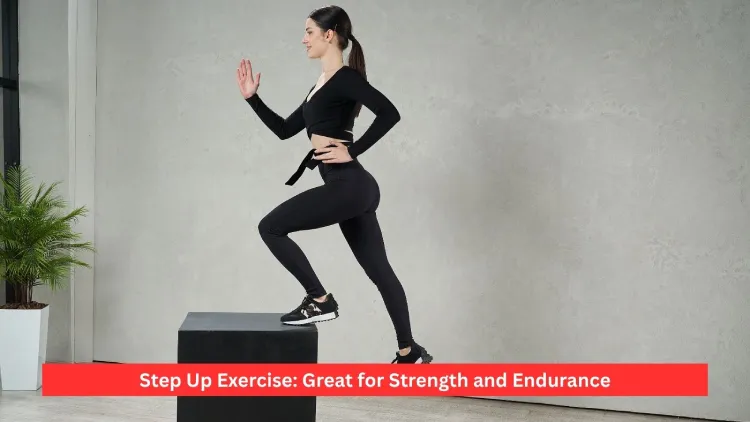




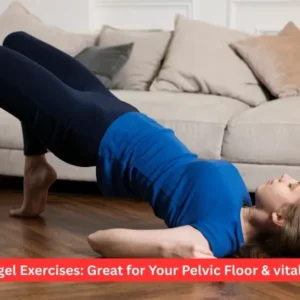

2 thoughts on “Step Up Exercise: Great for Strength and Endurance”
It’s appropriate time to make some plans for the longer term and it’s time to be happy. I’ve learn this submit and if I may just I want to recommend you few fascinating issues or suggestions. Maybe you can write subsequent articles relating to this article. I want to learn even more issues approximately it!
Thanks a lot for your kind words! I really appreciate your suggestion and will definitely consider covering more related topics in future articles. Stay tuned!